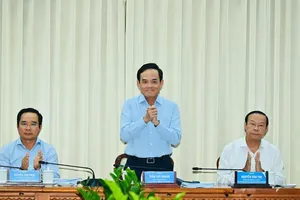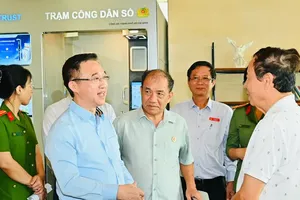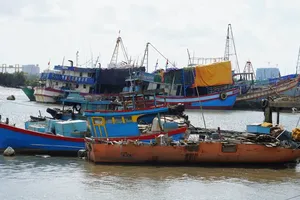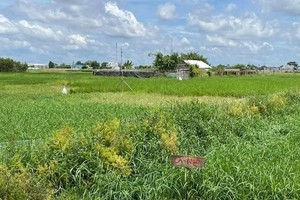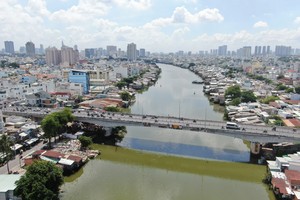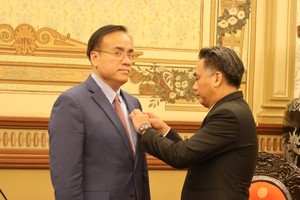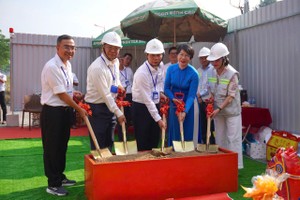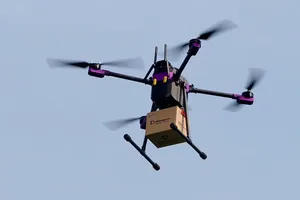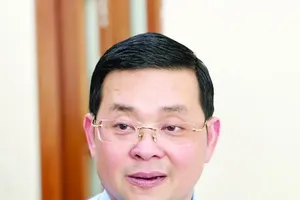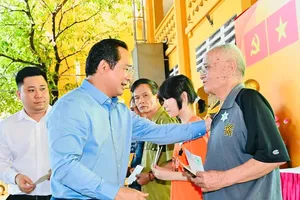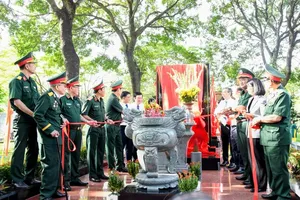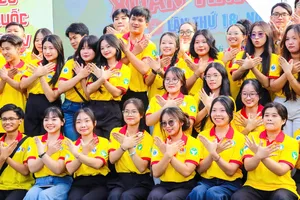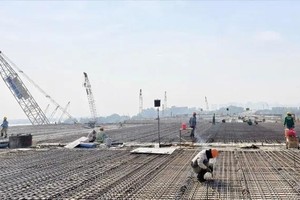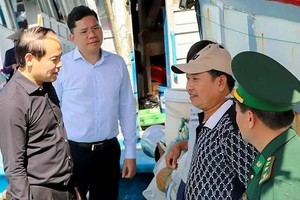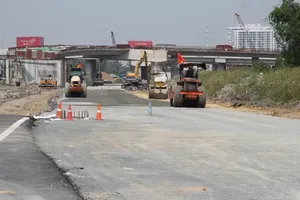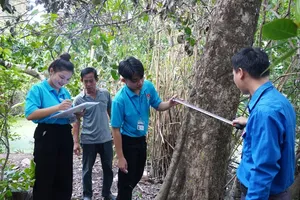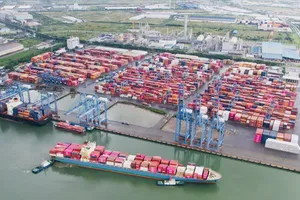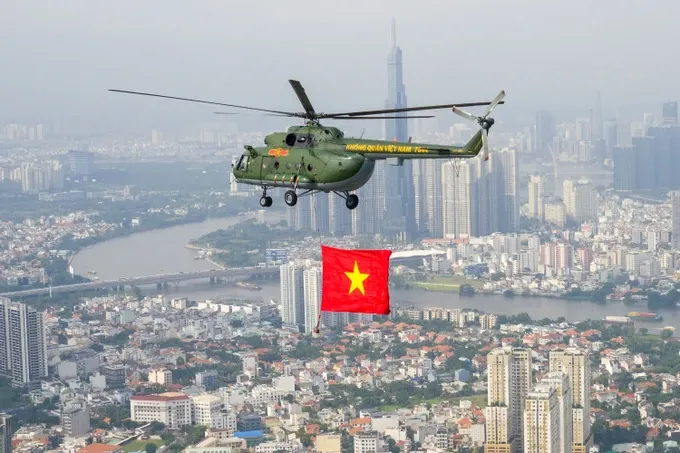
Chairman Nguyen Van Duoc of the HCMC People’s Committee commented that the past half-century has witnessed HCMC navigate a complex tapestry of challenges with unwavering determination, resulting in monumental achievements.
These triumphs are deeply rooted in the consistent attention of the Party and Central Government, evidenced by four pivotal Politburo resolutions spanning from 1982 to 2022. Crucially, they result from the remarkable unity within the city’s Party Committee, government, populace, and broader society – an indispensable ingredient in HCMC’s enduring success.
As a special urban center of national significance, a major hub for the country’s economy, finance, and commerce, HCMC is strategically evolving towards a polycentric, multi-functional model, fostering innovative knowledge-based urban districts. Over five decades, the city’s economy has experienced exponential growth, cementing its position as the nation’s leading economic engine.
HCMC has been transitioning from quantitative expansion to qualitative deepening, prioritizing growth quality and focusing on high technology, green economy, digital economy, and circular economy. The city stands out for its robust social security policies, placing citizen well-being as paramount. Throughout its development, social welfare initiatives have consistently paralleled economic progress, driven by the commitment to leave no one behind.
The year 2025 marks significant historical milestones that inject fresh momentum for future development. It also signifies a year of transformative institutional reform – a “breakthrough of breakthroughs” aimed at streamlining administration and enhancing efficiency. It is a year to accelerate progress, revitalize traditional growth drivers, and catalyze breakthroughs in new engines of growth.
The ultimate goal is to realize the vision of a civilized, modern, compassionate, dynamic, and creative city with a high-quality workforce by 2030. This entails establishing HCMC as a center for modern industrial services, leading digital economy, and national hub for economics, culture, education, and science-technology, deeply integrated internationally with prominent standing in Southeast Asia.
Deputy Minister of Finance Nguyen Duc Chi recalled that in the aftermath of national reunification, HCMC confronted numerous challenges stemming from war. Through resilience, innovation, and creativity, the city has undergone remarkable transformation. However, recent years have presented new complexities, including overloaded infrastructure, traffic congestion, environmental concerns, and intense competition from international integration.
Recognizing existing limitations, the National Assembly’s passage of Resolution No. 98/2023/QH15, piloting specific mechanisms for the city's development, is anticipated to unlock a new era of comprehensive growth.
The Ministry of Finance will provide multi-faceted support to HCMC, particularly in financial mechanisms and capital mobilization. This includes establishing a special framework for the international financial center and supporting preferential policies to attract major financial institutions and global companies.
These are solid foundations upon which the city will focus investment in key strategic areas such as transportation infrastructure, urban expansion, creative industries, and digital transformation. This will provide HCMC with greater fiscal capacity and resources to solidify its position as the nation’s economic leader and a regional financial hub.
Chairman Nguyen Tuc of the Advisory Council on Culture - Society (Central Committee of the Vietnam Fatherland Front) shared that having arrived in Saigon on May 1, 1975, the day after liberation, he has witnessed firsthand the city’s remarkable journey.
Now, 50 years after reunification and nearly 40 years of Doi Moi (Renovation), it is undeniable, as late General Secretary Nguyen Phu Trong stated, that “the country has never possessed such foundation, potential, position, and international prestige as it does today”.
Within this national achievement, HCMC has not only initiated renovation but consistently maintained nationwide leadership. Despite comprising merely 0.6 percent of national landmass and 8.56 percent of population, the city contributes 21.3 percent of national GDP, 29.38 percent of state budget revenue, and 22.9 percent of total social investment capital. Truly, the golden-named HCMC rightfully earns its title as a Heroic City.
Today, HCMC aspires to new heights. The Chairman maintains unwavering belief in its continued economic leadership. Now more than ever, its revolutionary tradition of solidarity, dynamism, innovation, and compassion serves as the driving force for the city to shine in the nation’s new development era, befitting its namesake, Uncle Ho, its title as a Heroic City, and its aspiration to be a civilized, modern, and compassionate metropolis
General Director Mai Kieu Lien of Vinamilk voiced that the company always believes an enterprise’s success is inextricably linked to its operating environment. Vinamilk’s nearly 50-year journey evidences the close link between internal endeavors and the government’s correct macroeconomic management.
It is easy to recognize the necessity of strong internal capabilities coupled with alignment with national trends. As the Government promotes green transformation, Vinamilk has its Net Zero 2050 roadmap. As it supports high-tech agriculture, the company pioneers international-standard dairy farms. As it encourages innovation, Vinamilk invests heavily in digital transformation.
Beyond business, the company actively demonstrates social responsibility through community programs like the “Vinamilk Fund for Stature Raising in Vietnam”, “1 Million Green Trees for Vietnam”, and the “School Milk” program. Sustainable development is defined not merely in profit terms, but in value brought to society, environment, and future generations. This is how Vinamilk comprehensively accompanies the nation’s progress.
6th grade student Tran Khoi Vu from Saigon Practice High School proudly said that his parents took him to see soldiers practicing cannon firing at Bach Dang Wharf, and he watched the parade preparations for the 50th anniversary of Liberation of the South and National Reunification on TV.
Seeing the national flag flying on streets and alleys, he felt immense pride in his country. Through interactions with veteran soldiers and visits to the War Remnants Museum, he gained greater understanding of the forefathers’ sacrifices for independence.
